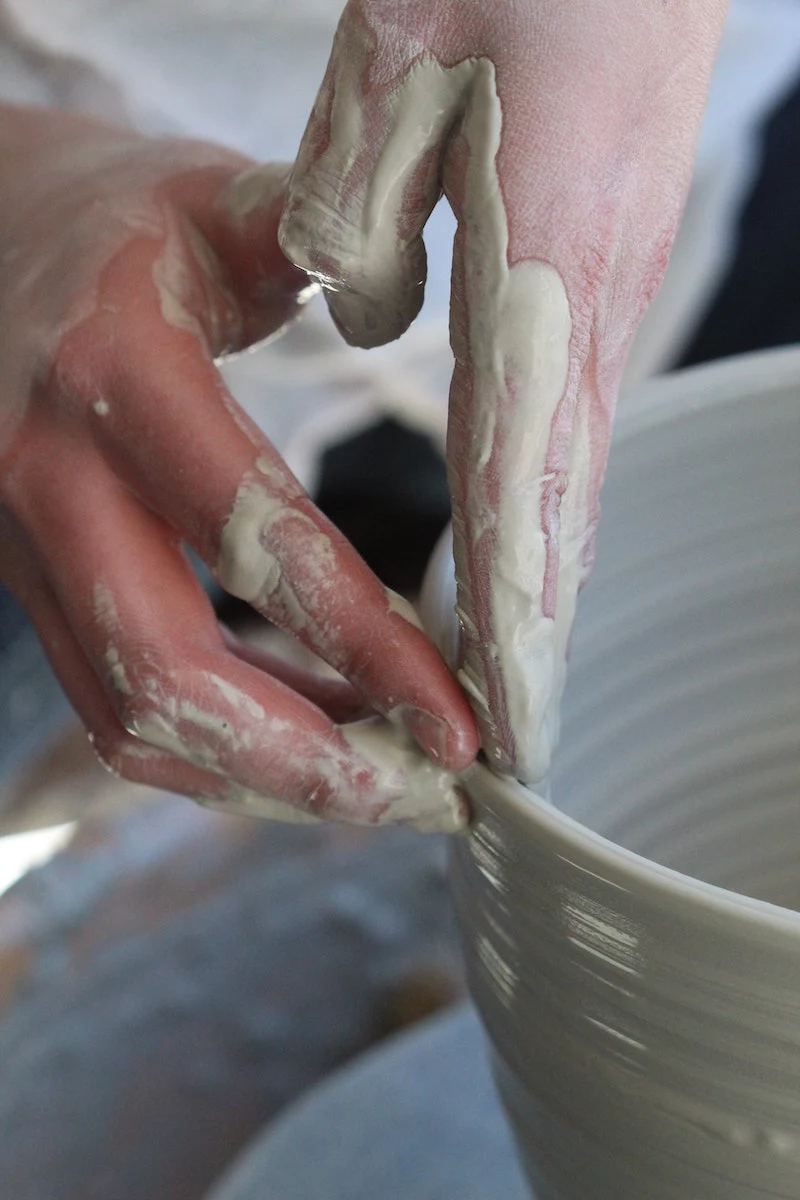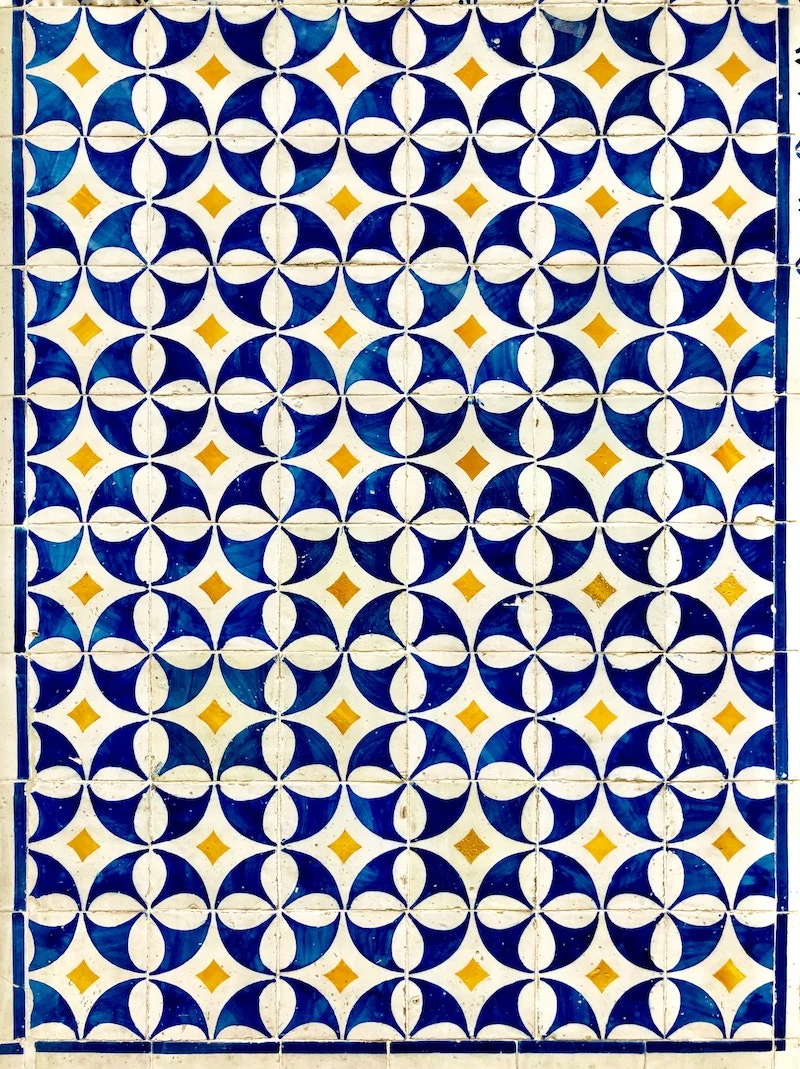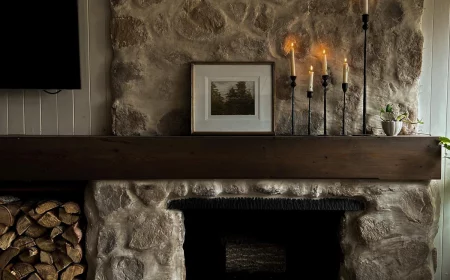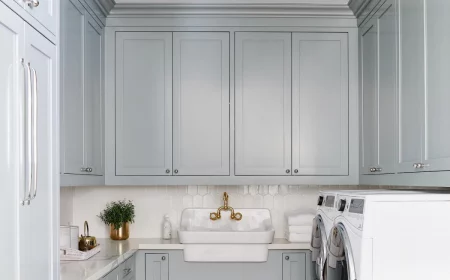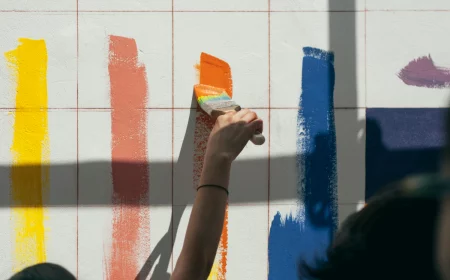Where Is Ceramic Used, How Is It Tiled?
Ceramics is the oldest industry of mankind. This technique has allowed us to develop as a civilization and continues to be used in various fields, both in numerous everyday objects and in the highest technological spheres, such as tiles. The ability to make objects with clay or porcelain is called ceramic and it is very famous nowadays. Through the store locator offered in the UK, it is now very easy to find the ideal tiles near me for your settings. But why is ceramics so important?
The properties of ceramic go far beyond everyday use, being a fundamental material for developing technologies of all kinds. Concerning tiles, they are used mainly for their impermeability. This is because, as it has such small pores, it does not allow any liquid to pass through. It is also a good insulator, that is, they keep the interior temperature stable. In addition, they withstand low temperatures well without deteriorating.
What Is Ceramic Used For?
Even though it is commonly assumed that ceramic is solely used for aesthetic reasons, this is not the case. It is still being considered in a variety of industries. We’re going to concentrate on a commonplace item. Ceramic in the shape of tiles is used by everyone.
Tiles are ceramic objects with a clay foundation and a vitreous covering (ceramic enamel) on one side that makes them impermeable.
How Is It Tiled?
They are made by combining simple elements such as clays and other materials in a mixed composition.
Red or white pasty clays may be used in the composition of the carrier. These mixtures are ground to an extremely fine particle size by a dry or wet grinding process. They are then subjected to granulation or spray drying to produce granules of a particular size, shape, density and other properties.
This powder is the foundation for creating a ceramic output, and its uniformity ensures that the individual attributes of these materials remain consistent. The granulate is fed through a press, which applies enormous pressure to the component, conforming it to the required shape and thickness using highly dimensionally exact metal shapes.
The molded pieces are then dried and glazed with numerous layers of enamels of varied compositions, as well as optional ornamentation, depending on the model.
Following the enameling and ornamentation stages, the pieces are heated in an oven to be fired in rapid cycles at elevated temperatures, depending on the type of product being created. The upper limit temperatures vary according to the type of result you intend to achieve.
The tiles’ attractiveness and the appropriate technical surface properties are achieved by the use of ceramic glaze and ornamentation.
